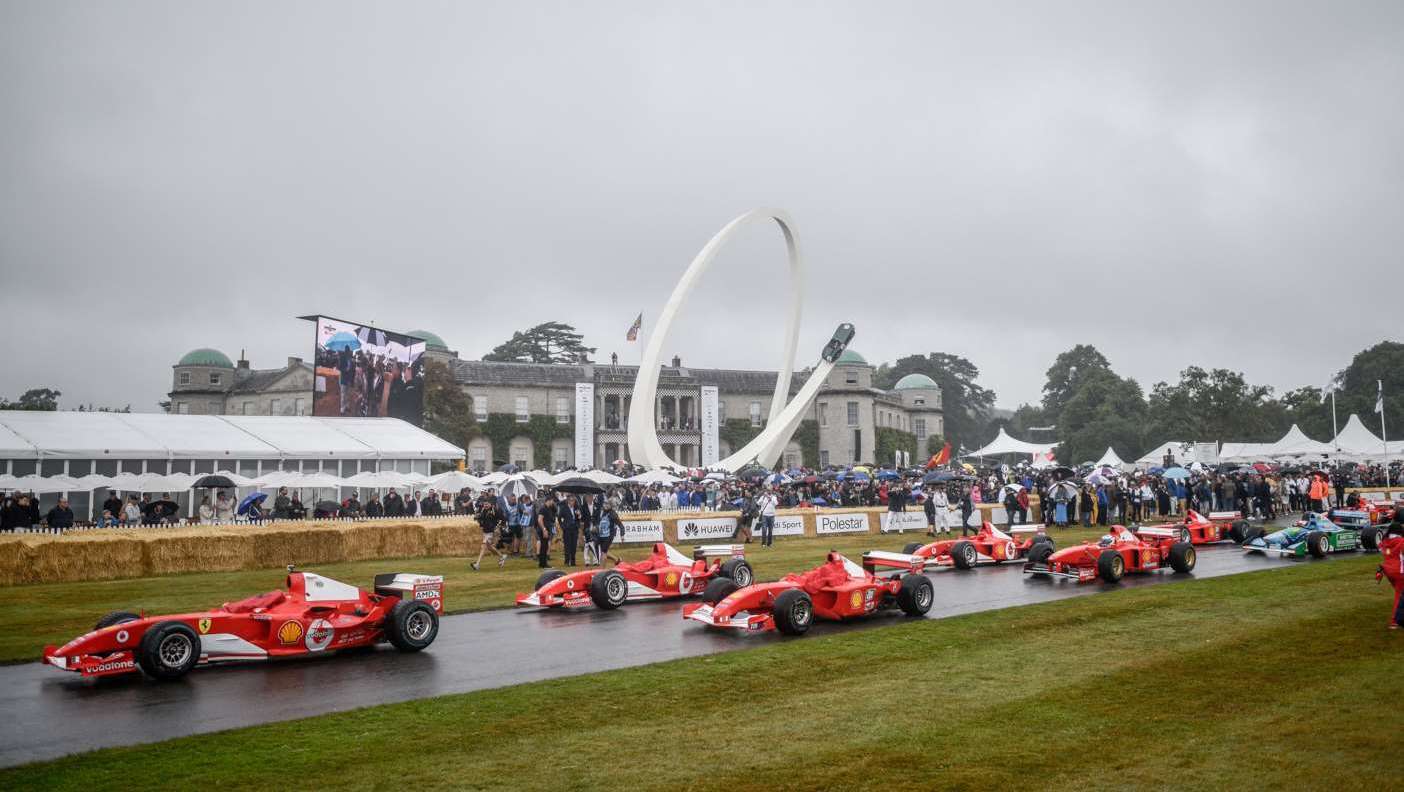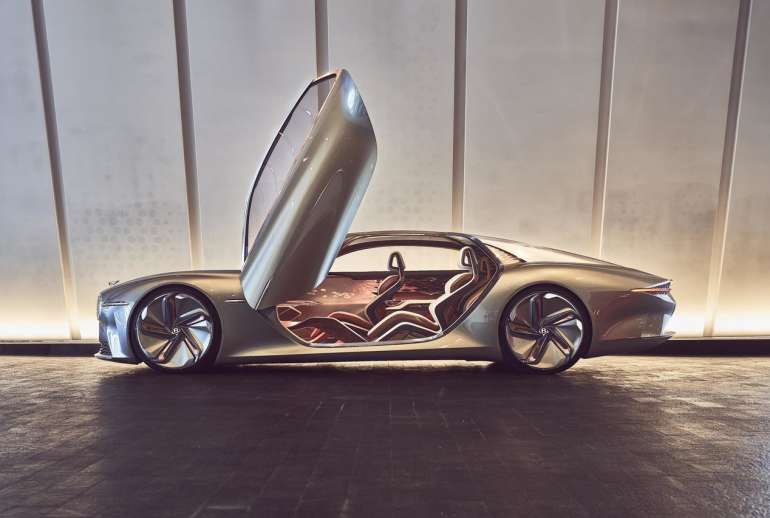The 2019 Goodwood Festival of Speed ended with a huge bang. Sure, there were the usual Formula 1 machines, motorbikes, airplanes, and rare vintage collectibles. But the highlight of the event is, without a doubt, the hill climb race. This is where the new vehicles can stretch their legs in front of an adoring crowd.
Here are our choices for the best and coolest new cars at the Goodwood Festival of Speed.
1. Volkswagen ID.R
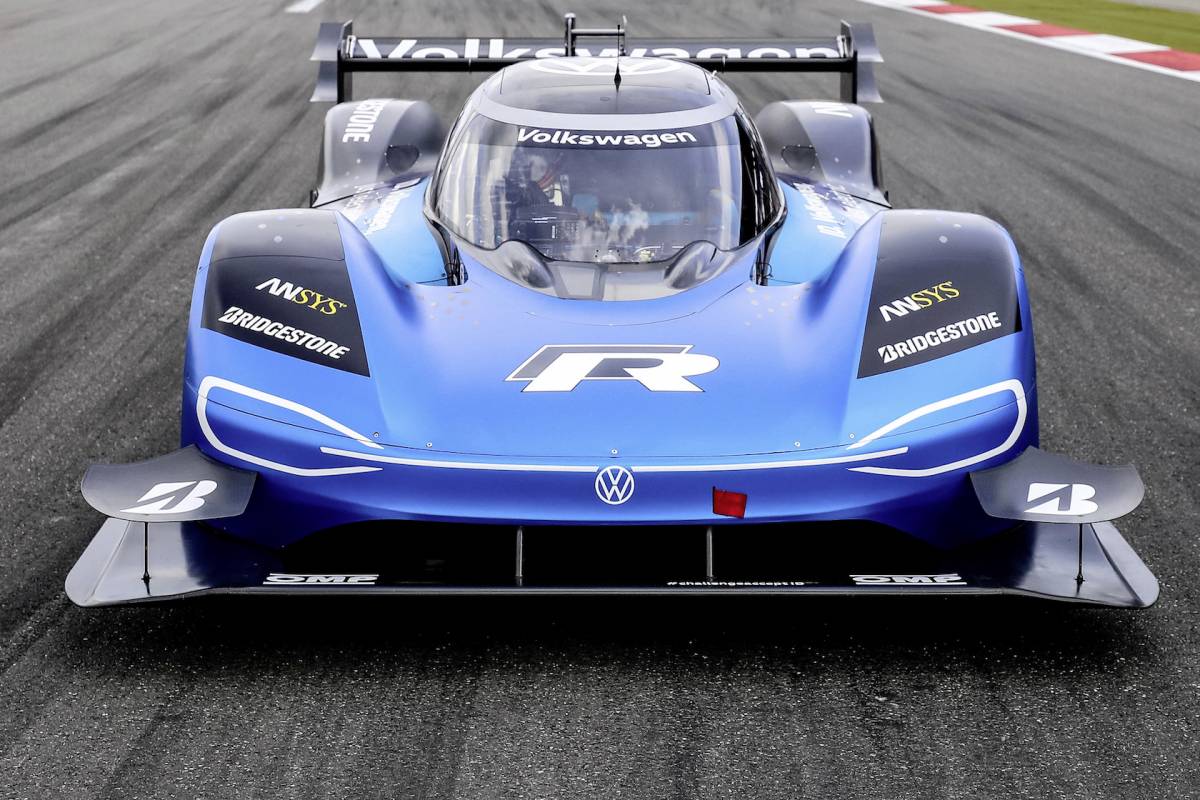
Sure, the Volkswagen ID.R is an electric race car. But it happens to be an electric race car that smashed the 20-year hill climb record at Goodwood. The car was driven by Romain Dumas. It managed to cross the finish line in an unbelievable 41.18-seconds, which beat the 41.6-seconds of Nick Heidfeld in a McLaren MP4/13 back in 1999.
Yes, the VW ID.R is a half-second faster than a McLaren driven by a Formula 1 driver.
But Dumas and the VW ID.R were not done. The next day, Dumas clocked a time of 39.9-seconds. It was the run of a lifetime and is the first time any car has completed the Goodwood hill climb in under 40 seconds.
However, we were expecting the Volkswagen ID.R to break speed records. In fact, it did the same thing last year. It finished the hill climb in 43.05-seconds, which instantly became an EV record and is the third fastest time ever in the history of Goodwood.
In order to pull it off, VW engineers equipped with ID.R with a modified lithium-ion battery pack, a new energy management system, and stickier Bridgestone tires. The VW ID.R produces 671-horsepower and weighs under 2,200 pounds.
2. Extreme E Odyssey 21

I bet you haven’t heard of Extreme E before Goodwood, right? You’re not alone. The Odyssey 21 electric SUV debuted at the Goodwood Festival of Speed and immediately became the talk of the town.
The automotive world is awash with new EVs or electric cars. But what we don’t have are electric SUVs that can survive a zombie invasion. As it turns out, the Odyssey 21 is one such vehicle.
Extreme E is a new racing series in collaboration with Formula E. Where the latter is about going fast in a paved race track, the former is designed to do the exact opposite. The Odyssey 21 is built to compete in extreme environments around the globe – particularly in places most affected by climate change or environmental concerns.
Sure, the goal of Extreme E is to raise awareness towards climate change, but this doesn’t mean it couldn’t make the Odyssey 21 an extreme looker. It produces 550-horsepower and goes from 0 to 60 mph in 4.5-seconds at a 130-percent gradient, which is impressive given the 3,600-pound weight of the Odyssey 21. It’s basically an off-road RC car coming to life!
3. De Tomaso P72
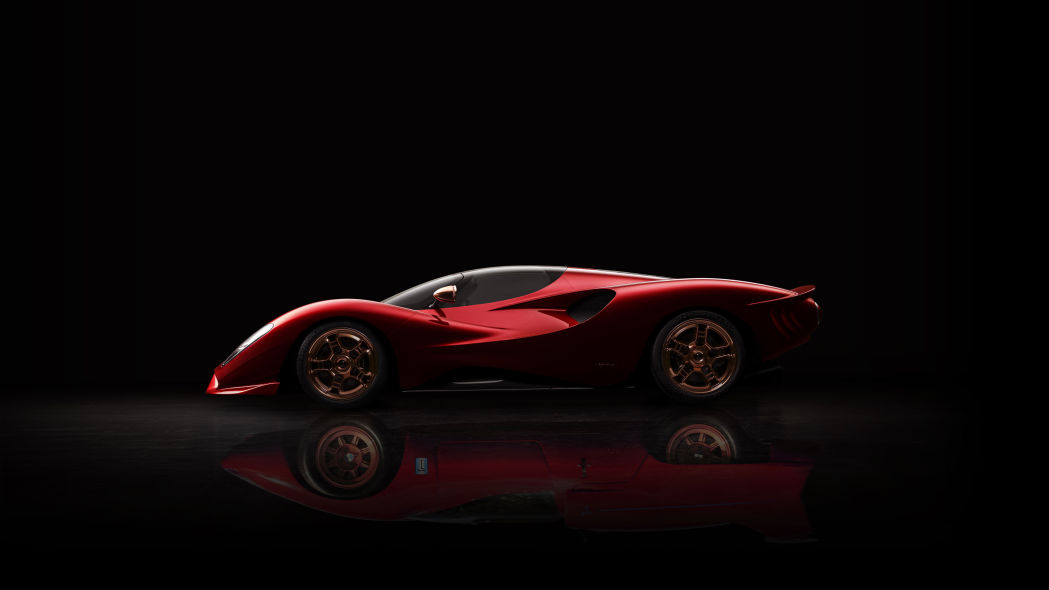
Were you anticipating a new Pantera for De Tomaso’s comeback in the automotive world? We were, too. But Italian carmaker De Tomaso – now under the helm of Consolidated Ideal TeamVentures (CIT) – showcased something much better, more extreme, and presumably faster than the Pantera.
Folks, feast your eyes on the new De Tomaso P72. Believe it or not, the P72 is not entirely new. It’s a modern interpretation of the De Tomaso P70, which CIT brought to life after acquiring the company.
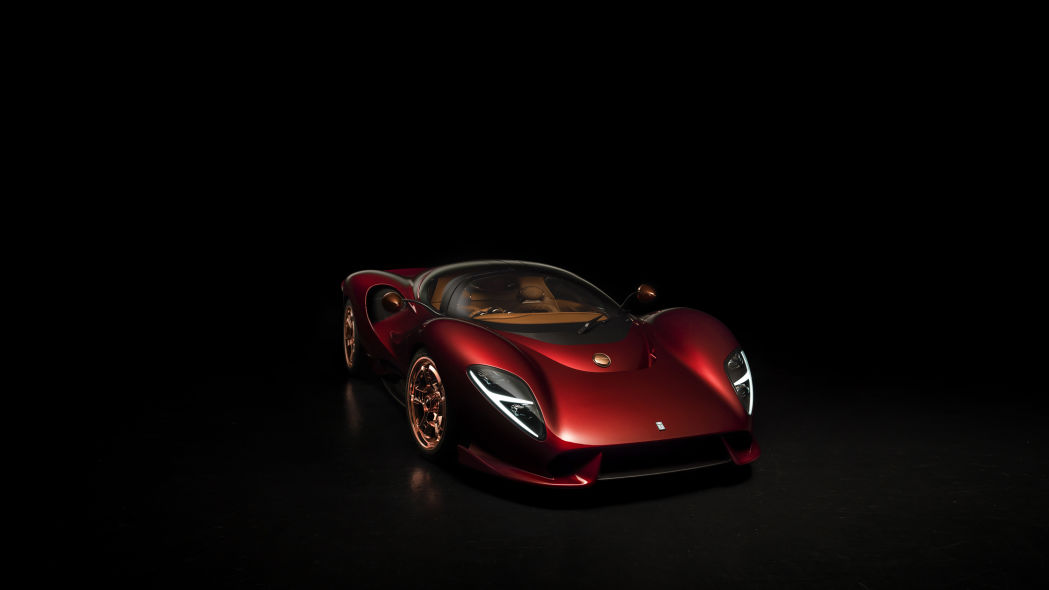
The De Tomaso P70 has an interesting history. The P70 was commissioned by American racing legend Carroll Shelby in 1964. At that time, Alejandro De Tomaso was working on his first road car with a 7.0-liter V8. Shelby and De Tomaso agreed to collaborate on a race car for the 1966 Can-Am series. Unfortunately, the partnership was dissolved abruptly due to time constraints.
This irked De Tomaso and inspired him to finish the P70 road car with a little help from Ghia. The car, which was later called the Ghia-De Tomaso Sport 5000, was introduced at the 1965 Turin Motor Show.
The De Tomaso P72 is the new poster boy of hyper-exotic sports cars. It is also conceived to celebrate the sixtieth anniversary of De Tomaso. The P72 sits on the same carbon-fiber chassis as the Apollo IE and will most likely come with either a naturally-aspirated Ferrari-sourced V12 or free-breathing V8 motor. Surprisingly, De Tomaso also claimed the P72 will have a conventional manual transmission.
If history serves us right, De Tomaso will only make 72 examples of the P72, and it won’t come cheap. Prices are expected to start at around $842,000.
4. Ford GT40 MK II
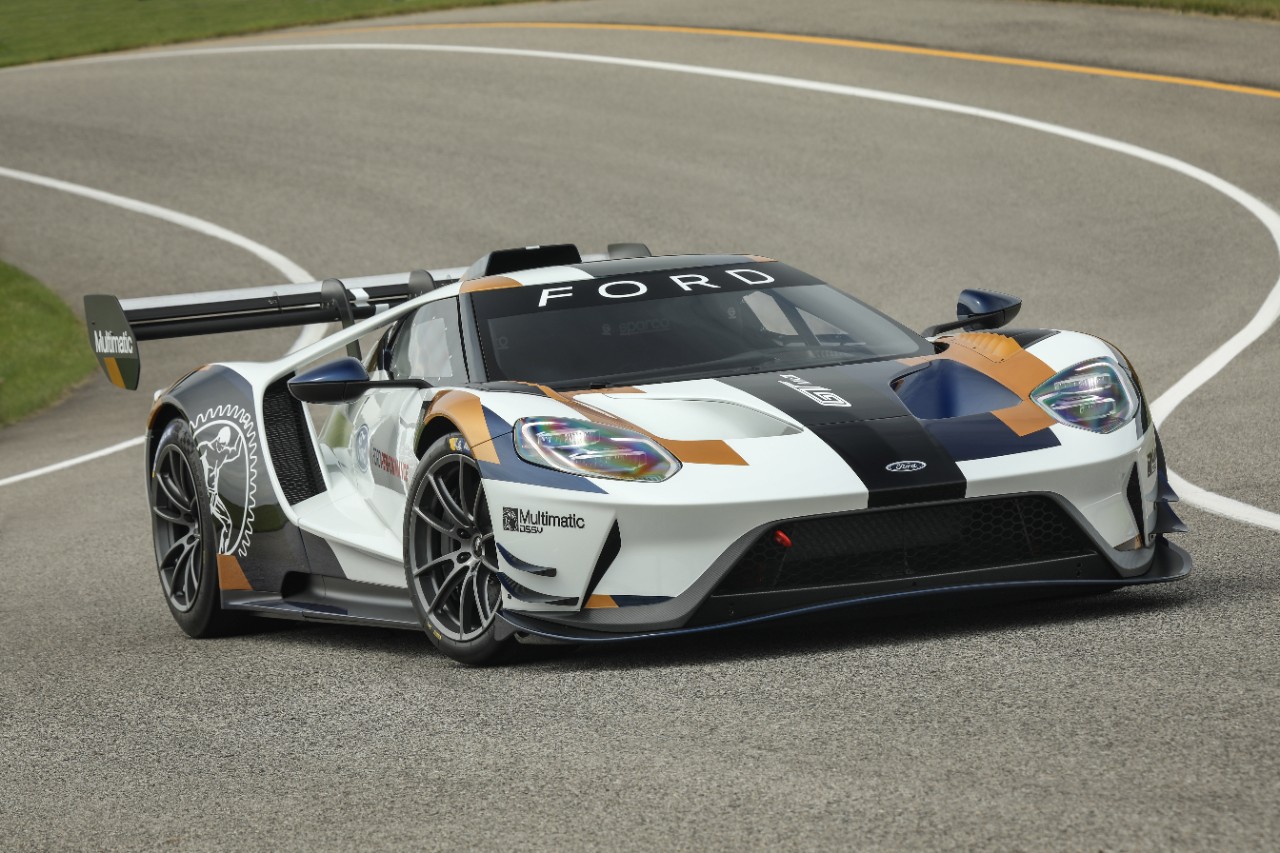
Ford unleashed the GT40 MK II at the Goodwood Festival of Speed. It’s basically an extreme version of the GT40 road car. Developed in collaboration with Multimatic, the GT40 MK II has all the right ingredients for a track-tuned racing car.
For starters, the GT40 MK II has a 700-horsepower version of the 3.5-liter EcoBoost V6 in the road car. It also has a revised version of the familiar seven-speed dual-clutch automatic in the GT40. Since the car need not adhere to racing rules, Ford and Multimatic had free reign in creating an extreme version of the GT40.
The MK II is fitted with an intercooler water sprayer system and a GT-style rear-mounted intake scoop. It even comes with a dual element rear wing and a plethora of diffusers, splitters, fender louvers, and dive planes. All of this allows the car to produce more than 2Gs of lateral grip while producing 400-percent more downforce than the road going GT40.
5. Roborace DevBot 2.0
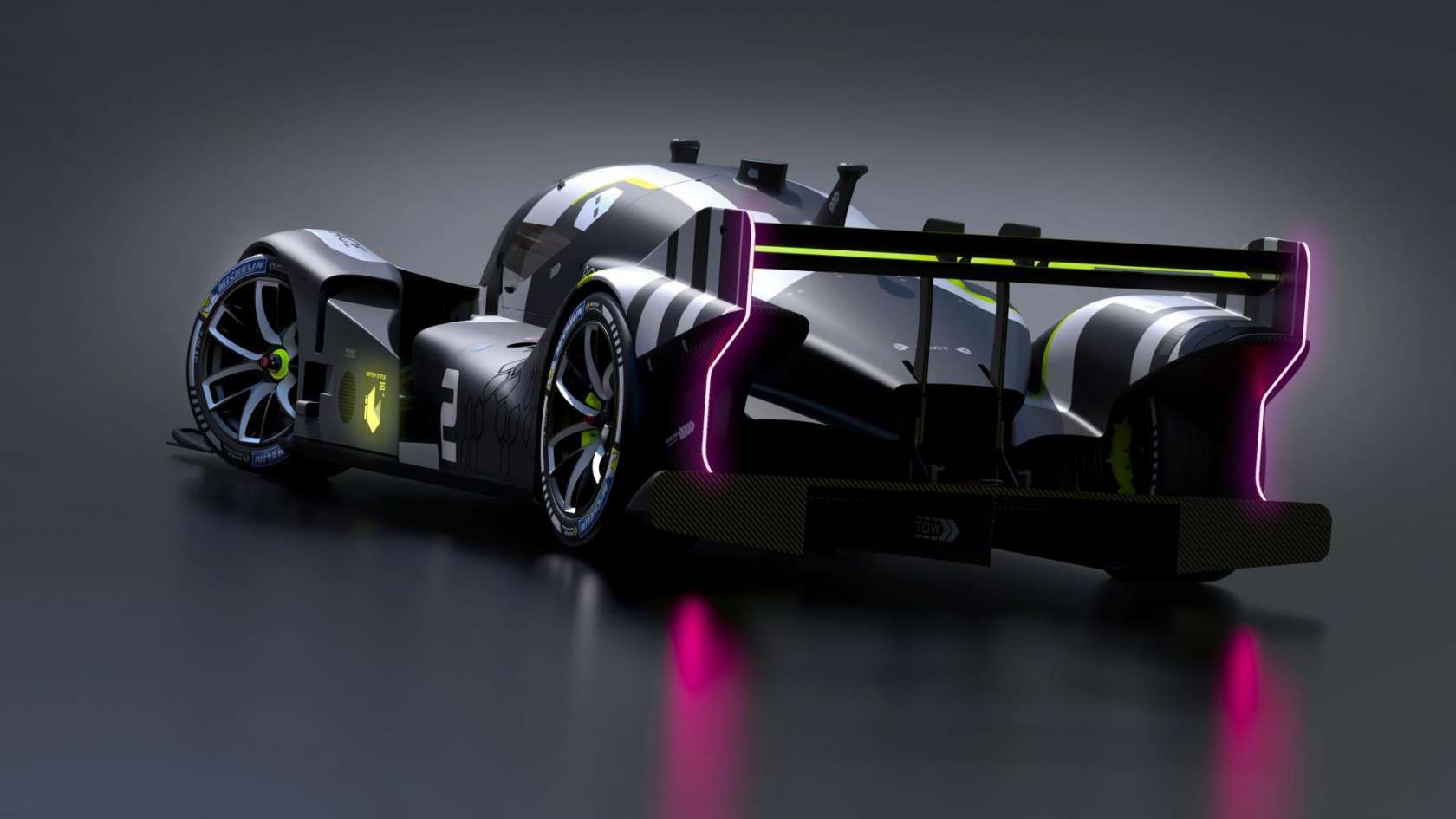
The Roborace Devbot 2.0 is special. It’s the first ever fully-autonomous vehicle to make an official timed run at the Goodwood Festival of Speed, and it did so in spectacular fashion.
The Roborace DevBot 2.0 completed the historic hill climb in 66.96-seconds. It achieved a top speed of 101 mph (162.8 km/h).
Unlike the previous version of the DevBot, the new car has a proper body and can fit a human driver inside the cockpit. The idea is to race using AI technology and human intervention. As expected from an electric race car, the Roborace DevBot 2.0 is a quick car. With mountains of torque, it rushes from 0 to 60 mph in less than 3.0-seconds.

